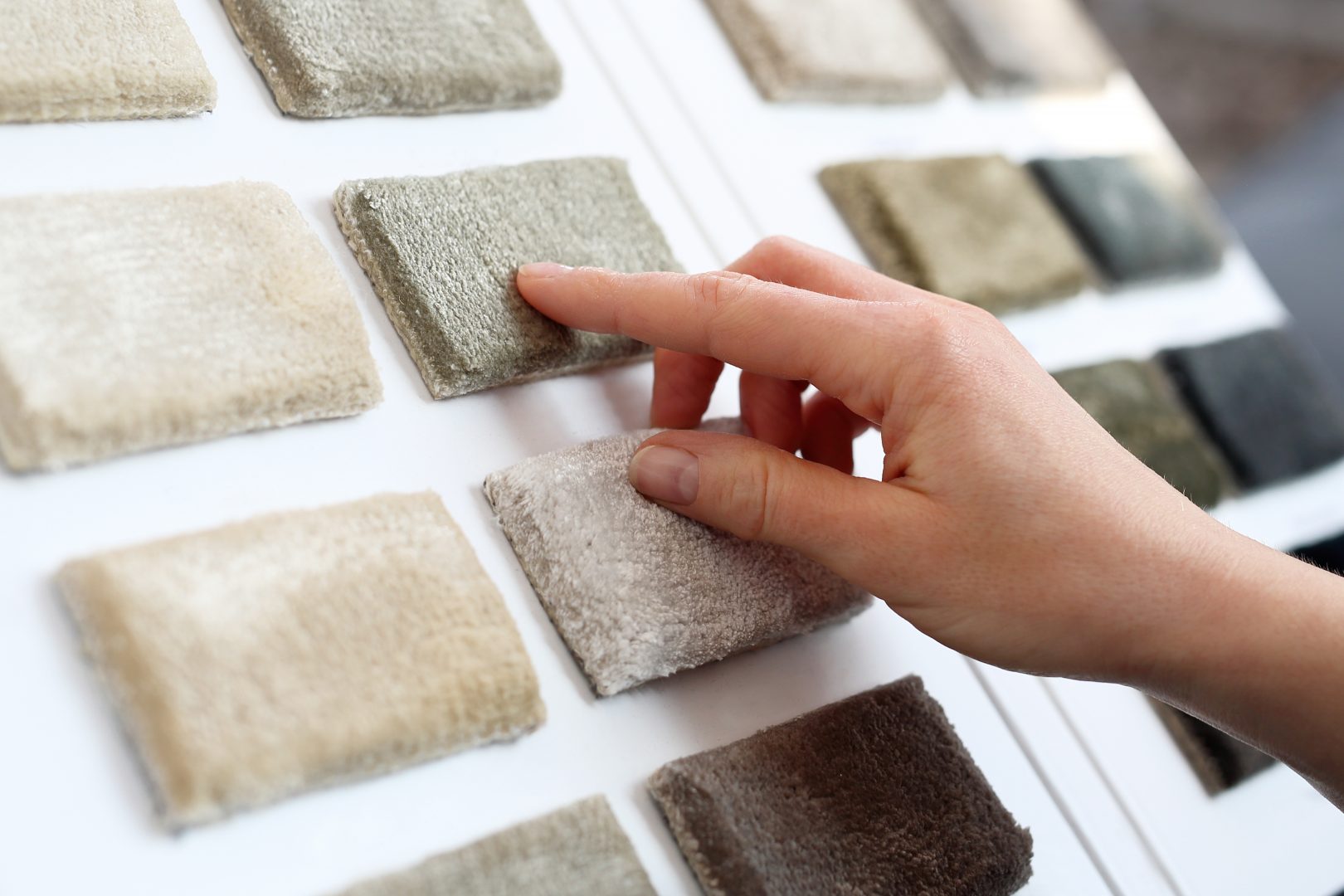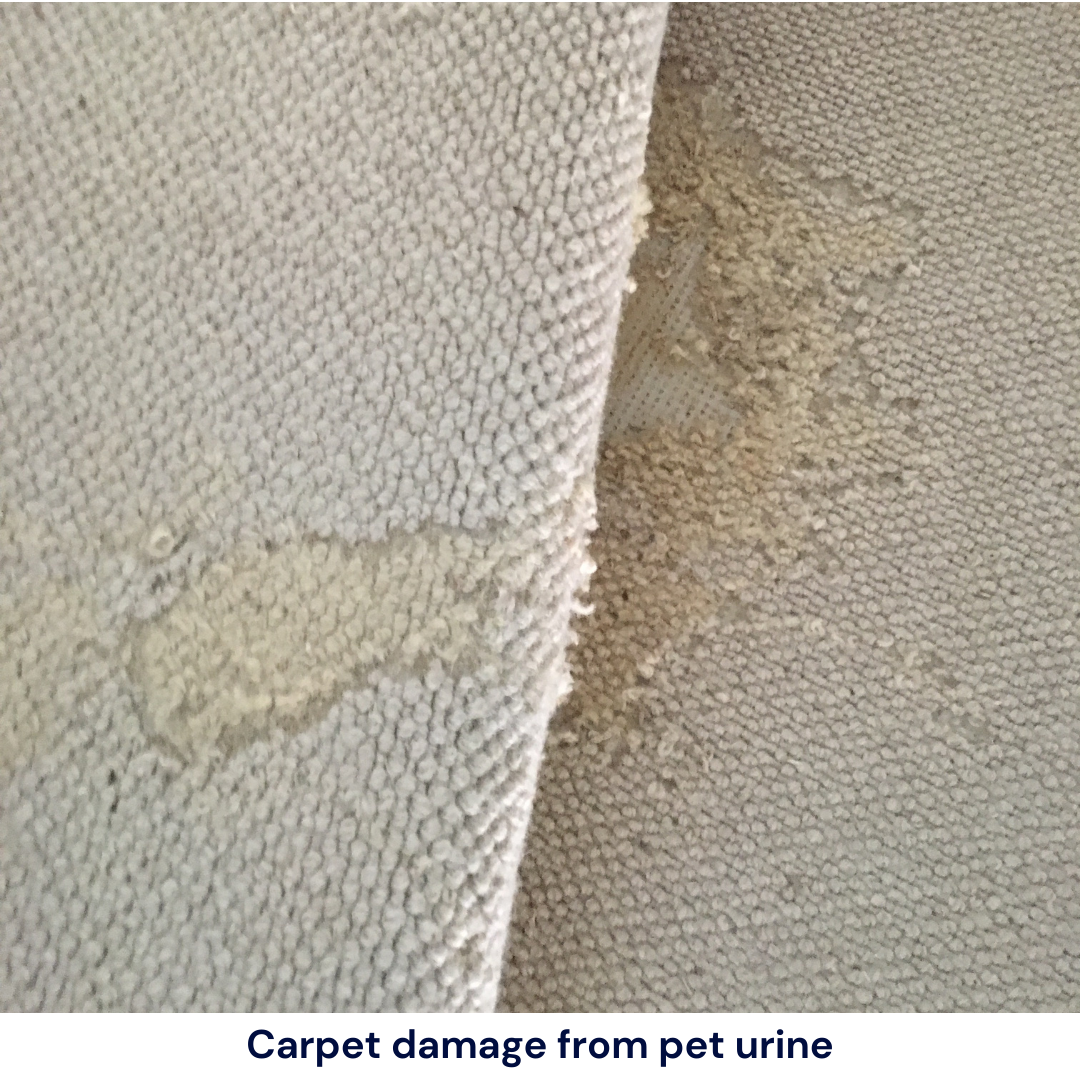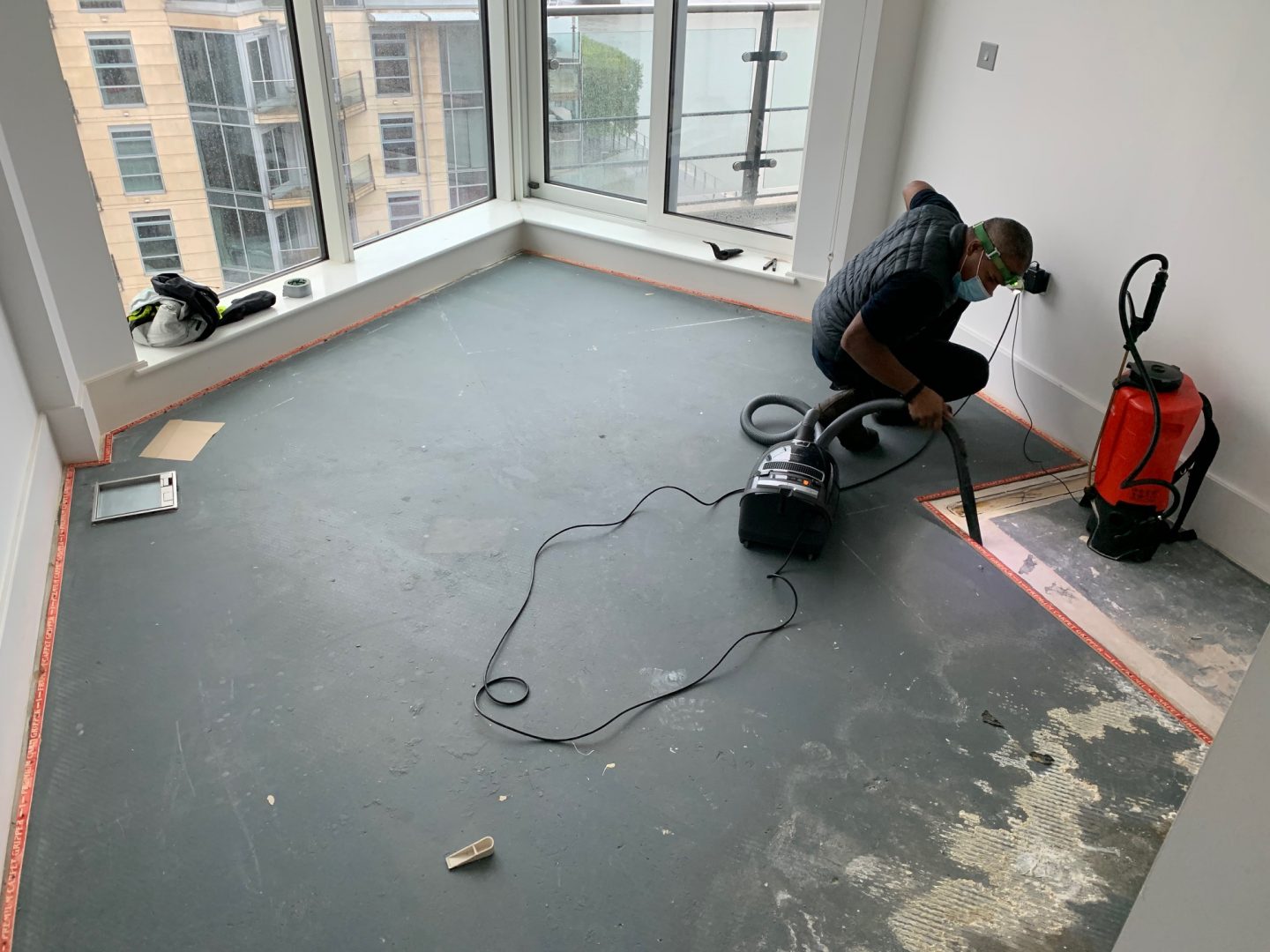Moth proofed carpets
Some carpet manufacturers will have a claim on the carpets they supply, that they are “moth proof”. Therefore guaranteed against damage from moth for a period of time (usually 1-2 years).
The reality is that moth infestations are slow to develop, and when it comes to carpet, rarely does any damage become visible in less than a year anyway. If the tell-tale bare patches do appear within this space of time or less, then almost certainly there will be another factor involved: moisture and organic matter in the wool.

The most common ways this happens are:
- pets (or pests) having an ‘accident’
- water leak from a radiator pipe
- drinks spilt from the bedside table
We have seen factory “moth-proofed” carpet damaged by moth larvae within 18 months of fitting – and gratifyingly in some cases have seen it replaced under guarantee.
Also important to note that even if the new carpet being fitted is a ‘moth proofed’ wool carpet, or 100% polypropylene, it is still a good idea to take some moth control measures before laying it. The reason being, we find the majority of the moth ‘debris’ of larvae, cases, droppings and eggs are found under the carpets, and usually around the edges of the room or in the cracks and crevices of stairs. So if this is not addressed and a new carpet, or even wood floor, is laid on top, we have observed the moth numbers can often still be very high. This of course then increases the risk of infestation of other wool or keratin containing items – such as clothes or furniture.

The bottom line is that there are no insecticides which last more than a few months – otherwise they would likely be very harmful to us and our pets. Also, insecticides are of course toxic and, although can be used within safe parameters, should only be used where there is a reason to do so ie: an infestation of some level exists. So it is a questionable practice to apply insecticides as a “pre-emptive” measure.
So if you are getting, for example, a 100% wool carpet, you don’t think you have an infestation, but are concerned about moth larvae getting to it – what can you do?
In our experience, moth monitoring is absolutely essential for controlling moth populations. This is using monitoring traps.

Join our mailing list or follow us on social media for more hints and tips
